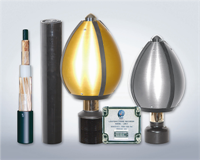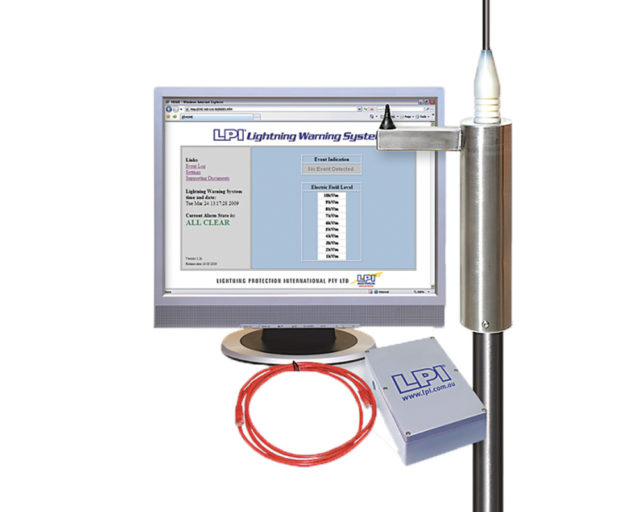The Need for Lightning Protection
Lightning can strike anywhere on earth – even the North and South Poles, In any geographical location lightning storms occur as few as five times or as many as 100 times per year.
High earth resistivity (the earths resistance to conduct current) increases the potential of a lightning strike. If struck structures in these areas will generally sustain more damage when there is no lightning protection system present. Each year thousands of homes and other properties are damaged or destroyed by lightning
Lightning is responsible for more deaths and property loss than hurricanes and floods combined but of these violent forces of nature lightning is the only one we call economically afford to protect ourselves against some properties have a higher risk of lightning damage. When considering installation of a lightning protection system you may want to assess this risk
Please Note:
A lightning protection system does not prevent lightning from striking – it provides a means for controlling it and preventing damage by providing a low resistance path for the discharge of lightning energy.
Direct Strike Protection
A direct strike occurs when lightning directly hits a structure or a cable attached to a structure. The energy contained within the lightning travels through the structure or cable to the earth. A number of techniques including earthing systems, air terminals and down conductors are used to protect structures against direct strikes. A lighting protection system provides a means by which this discharge may enter or leave earth without passing through and damaging non-conducting parts of a structure, such as those made of wood, brick, tile or concrete.










